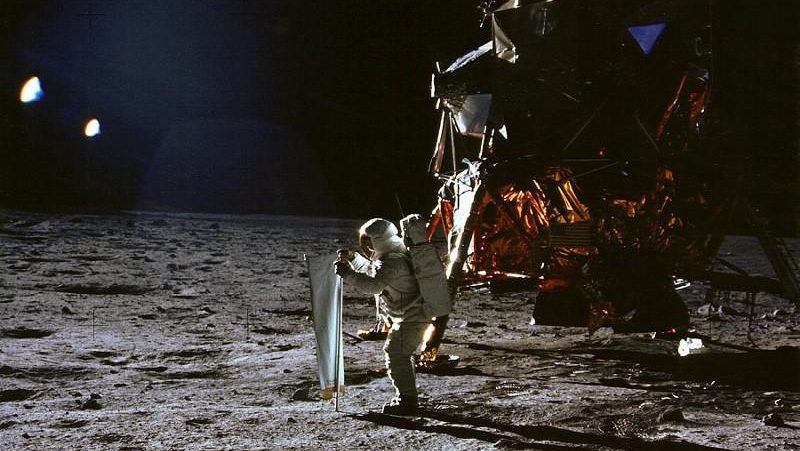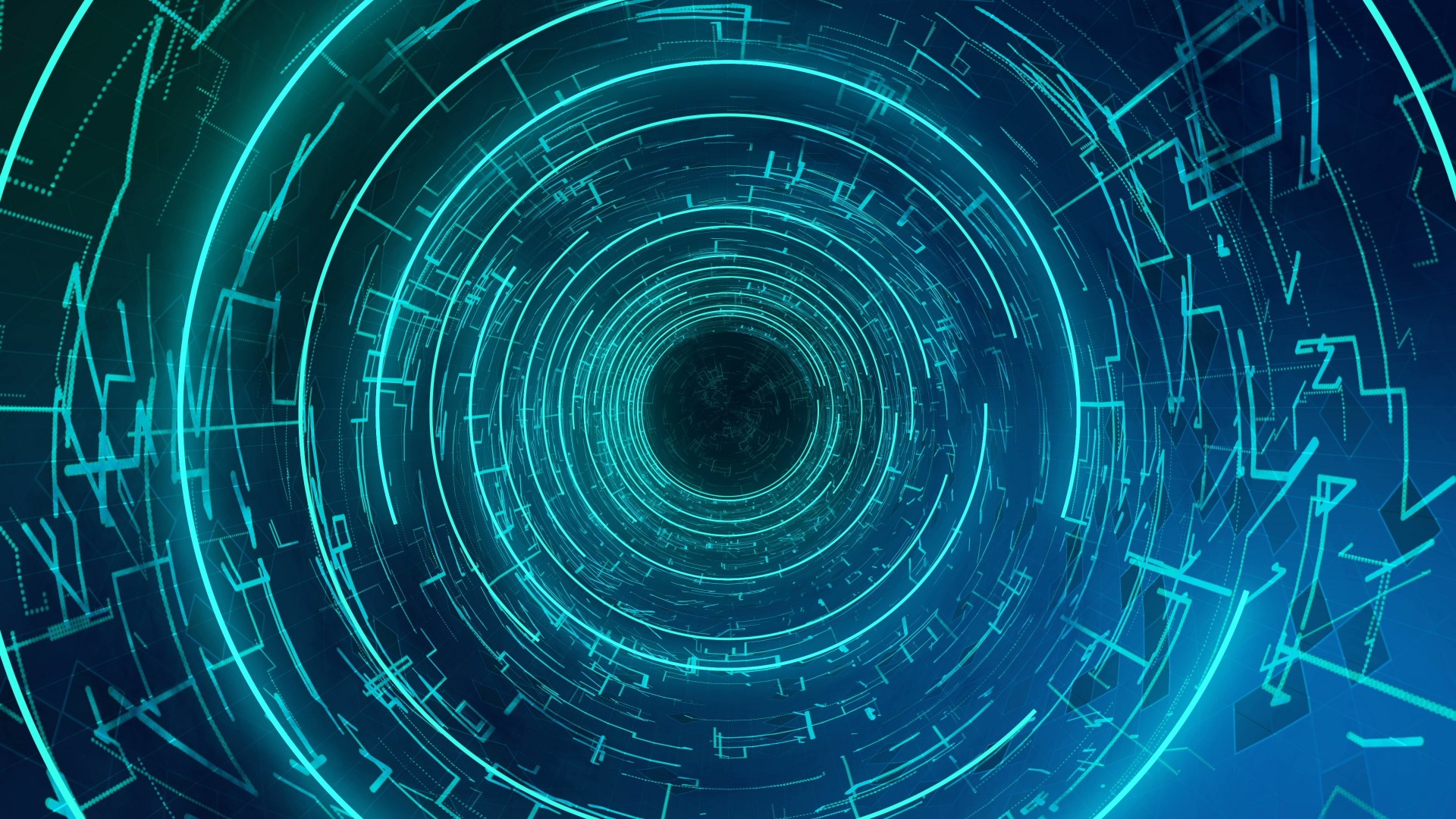There’s a whole dynamism in these planets that Heidi Hammel did not expect.
Topic: New Discoveries on Uranus and Neptune
Heidi Hammel: Right now Uranus has been a huge focus of my professional career, and that’s because we’ve had a really amazing opportunity. Just last year, in the end of 2007, the planet Uranus was sideways to us. And this doesn’t happen very often, because Uranus is that sturdy planet that’s tipped over in its orbit. It basically rotates sideways, laying on its side. And most of the time, you know, when it’s going around the sun. Well, it takes 84 years for Uranus to go around the sun, so 20 some years ago was when the Voyager spacecraft flew over Uranus. And at that time, its pole, its south pole was pointing at the sun. And so no matter now much that planet spun, the south pole was in total sunlight, and the north pole was in complete blackness. I mean, it didn’t. I mean, and it’s 90 degrees over, so it was like totally half sunlit and half darkness. And when Voyager flew over Uranus, it saw cloud tops, but they were really blank. I mean, there were no swirling storms, or dark bands and light bands, and stuff that you’d see on Jupiter or Saturn. And so people thought, well, it must be because the planet’s turned over on its side, and whatever made it turn over, like a cosmic collision, kind of stirred up the atmosphere and kind of left it dead. And that was peoples’ understanding of Uranus, that it was a dead atmosphere. Well, that was 20 years ago. And in the intervening 20 years, the planet has moved a quarter of the way around in its orbit, ‘til now it’s sideways to the sun. So as it spins, the entire planet is in sunlight, and amazingly, the atmosphere is turning on. There are clouds popping up where no clouds had been seen before. And there’s bands that we can see. There’s a dark spot had developed. Neptune had a dark spot, but Uranus had no dark spot. Well, now, Uranus has a dark spot. So it’s becoming like Neptune as its sunlight is illuminating the whole planet. And that was totally not predicted. People said, well, you know, if it does respond to the sunlight changing, it’s going to be really slow to respond, so maybe 10 years after it goes through what we call equinox, this point where it’s illuminated, maybe 10 years later the atmosphere will turn on. But that is not what’s happening. It is turning on in real time. And that means that our theories, our physical understanding, of what’s just making this atmosphere go, are missing some critical pieces. What are those pieces? Well, I don’t know. I mean, that’s my research. That’s what we’re trying to find out. But I’m in the state right now, we’re taking the data. And because this is a real time event, I mean, it happens and then Uranus moves on, and you have to watch it while it’s happening, right now we’re really, really busy just getting all the information. And then in the next couple of years, when Uranus starts to go back over to its other configuration with one pole lit and one pole dark, we’ll have some breathing space to try to figure out what it all means. So it’s keeping me very busy as a scientist to try to just take the data right now. Another thing that we’re doing with Uranus is we’re looking at its ring system, because the rings orbit in the plane of the equator, you know, sort of like Saturn’s rings do, except the rings are sideways. Well, the last time we had this sideways configuration, it was 42 years ago, because remember it takes Uranus 84 to go around the sun. So 42 years ago was 1965. The rings weren’t even discovered until 1977. So they didn’t even know they existed at the last equinox. So at this equinox was our first time to look at the rings sideways. And what happens is when these rings are closing up as you’re going from sort of a sideways view to the edge on view, you can see different kinds of scattering of sunlight off the rings and through the rings. And we even got this really cool picture where, you know, the sun was illuminating the rings from one side, but the earth was off to another angle, and we could see through the rings. So we were looking at the dark side of the rings of Uranus that were like not lit up by the sun, because the sun was shining on the other side. And you can only do that once ever 42 years. We get this
teeny tiny little two-week window, and we were lucky enough to actually get some good images. We had to fight hurricanes, earthquakes, power failures, but we did it. It was a very exciting and challenging time. And what we’re finding, the surprising science we’re finding, is that the ring system now seems to be quite different than the ring system 20 years ago, when Voyager flew by. And that, again, was not predicted. We thought the rings are, you know, pretty much stable over the period of a 100, a million years, 10,000 years they’ll change. But over 20 years? We’re finding like the major dots where Voyager saw the dots, has shifted like thousands kilometers. So the rings are changing. In real time it’s a very dynamic system, which was not expected. And so, again, what does that mean? Well, that means that our physical understanding in how these rings form has some work left to do, and that will keep us busy. Keeps me off the streets at night, you know, trying to figure these things out.





